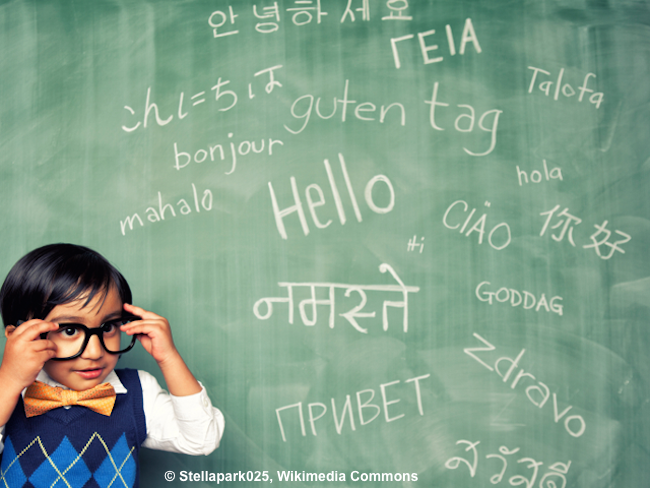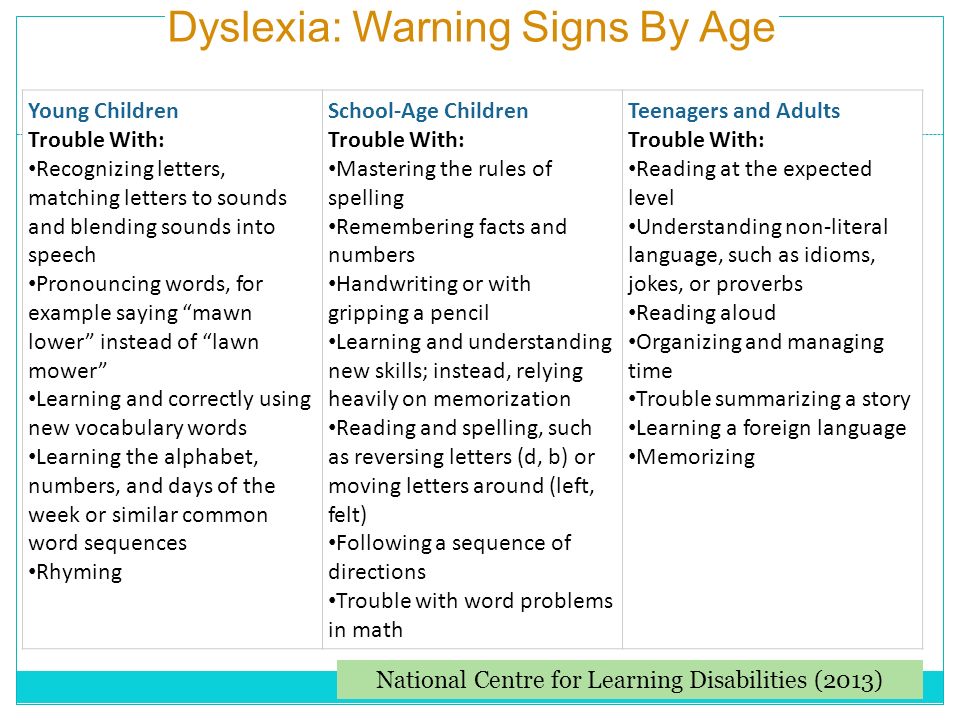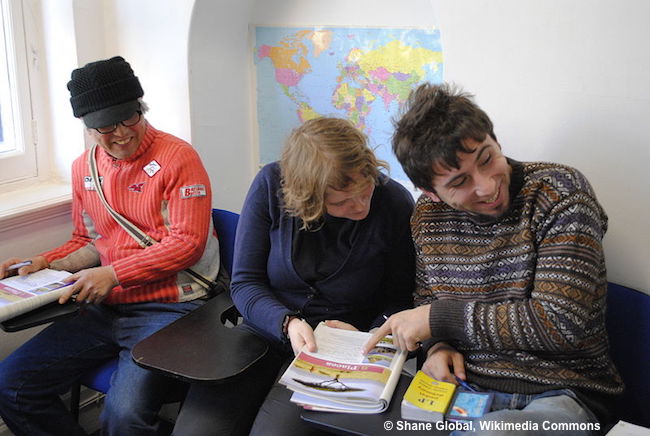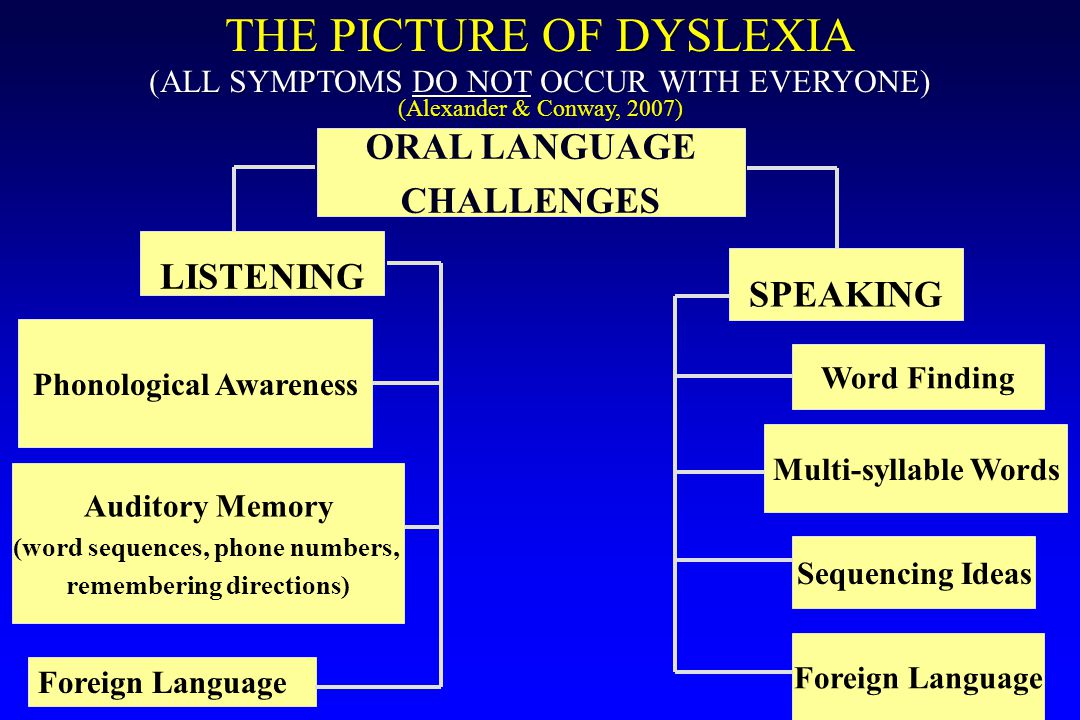Dyslexia And Foreign Language Learning
Data: 2.09.2018 / Rating: 4.8 / Views: 628Gallery of Video:
Gallery of Images:
Dyslexia And Foreign Language Learning
Dyslexia and Language Learning. Lesley has been an elementary school Spanish teacher for more than a decade, and some years, she teaches French classes as well. dyslexia, (2) ways in which dyslexia impacts language learning, (3) legal obligations to ensure equal access and opportunity for dyslexic learners, and (4) specific methods for teaching and assessing dyslexic language learners which will enable teachers to meet experience it is to study an L2 in a foreign language setting when one has dyslexia. We also believe that since language teachers in many other parts of the world rarely receive training in teaching foreign languages to students with LD (see Smith 2008). 1 Abstract This essay looks at the language based disorder dyslexia and how it affects students ability to learn a foreign language. It will look closer at the strategies and tools foreign language teachers use to Dyslexia in the Foreign Language Classroom Education is undoubtedly the birthright of all children. In this situation, the purpose of every nation is to produce literate, welleducated and intelligent residents who are able to contribute to the proper development and progress of the whole society. Language learning is often a difficult issue where students with dyslexia are concerned. The benefits of having a second or third language are undoubted, and many students with dyslexia become quite competent in other languages. Dyslexia affects learning in many ways, and foreign languages may have seemed like an impassable jungle of rules. Fortunately, schools understand dyslexia very well these days, and they pay a lot of attention to these difficulties at a very early stage. Dyslexia affects 1015 of the population. Dyslexic students are often either exempted from the study of additional languages or they underperform in foreign language classes. This free online course is designed for current and trainee teachers of additional languages. Children who have dyslexia are entitled to accommodations that enable them to learn and demonstrate their learning despite their reading challenges. Shaywitz notes that students with dyslexia often have to fight to get extra time on things like tests, but they shouldnt. Because some students classified as having dyslexia or learning disabilities (LD) and those not classified as having dyslexia or LD generally display similar difficulties and struggles with foreign language, these students are sometimes referred to as atrisk. Individuals with dyslexia can expect to have difficulties learning a second language since second language learning builds on native language learning. culties university students with dyslexia and other language learning dijficulties have in satisjjing the foreign language requirement. The article also provides a checklist of warning signs that identiJy stu Foreign Language Study Tips. By Kevin Olson We reached out to Spanish teacher Kevin Olson for some advice about learning a foreign language. Here are his foreign language study tips (some of which can be helpful when studying in general). Foreign language learning presents young people today with the opportunity to communicate with nonEnglish speaking peers on equal terms: to use the gift of communication to promote a common understanding and share visions and plans for the future. We also carry out tests and evaluations of aptitude for modern foreign language learning which reveal a great deal about an individuals aptitude for general learning potential, and overall level of underlying ability and memory skills. practice, foreign and native language teachers use a dyslexia certificate as the basic source of information about the cognitive profile of a dyslexic student. Dyslexia and learning a foreign language Posted on July 6, 2011 April 10, 2017 by Dite Bray An email discussion list Im on is currently having a lively discussion on which languages (if any) would be best for a dyslexic student who wants to study a foreign language. Dyslexia as defined by IDA and NICHD: Dyslexia is a specific learning disability that is neurological in origin. It is characterized by difficulties with accurate andor fluent word recognition and by poor spelling and decoding abilities. The underlying mechanisms of dyslexia are problems within the brain's language processing. Dyslexia is diagnosed through a series of tests of memory, spelling, vision, reading aloud, or learning foreign languages. Adults with dyslexia can often read with good comprehension. Sally Shaywitz learned of CJ, a ninthgrader with dyslexia at a traditional independent school who chose to substitute a summer semester of American Sign Language for his foreign language requirement, Dr. Shaywitz and The Yale Center for Dyslexia Creativity (YCDC) reached out to him to see how such a course would work for a dyslexic. For kids with dyslexia, learning to read and write in their mother tongue can be quite a challenge. When it comes time to learn modern foreign languages at school, many feel the ordeal of mastering literacy skills all over again is not worth the time and effort. Sally Shaywitz, a leading dyslexia researcher, says that considering the profound impact dyslexia has on both spoken and written language acquisition, and from both an educational and a scientific perspective, it makes little to no sense to impose a foreign language requirement on students who are dyslexic and, indeed, is counterproductive. Individuals with dyslexia can expect to have difficulties learning a second language since second language learning builds on native language learning. The factors that have a negative impact on learning ones native language have a similar impact on learning a foreign language (e. Dyslexia and Foreign Language Learning dyslexia. 83 per cent would have invested extra money and effort to first audit the FL course and then take it for credit if this had been an option at the institution. Foreign language study is an increasingly prominent part of education everywhere. For the student unencumbered by a learning disability, foreign language study is indeed an enriching and rewarding experience. For the learning disabled student, however, it can be an unbelievably stressful and humiliating experience, the opposite of what is intended. Given that dyslexia is a languagebased learning disability, it is not surprising that for many dyslexics learning another language can be very difficult. Therefore, passing the foreign language requirement in high school (and college) can be daunting. While the book focuses on foreign language learning and teaching at the secondary level, ideas are provided on how to adapt the strategies for both younger. Foreign language learning is an integral and compulsory part of educational system in Slovakia and students with dyslexia who are integrated in the regular classes tend to face difficulties in. The SAGE Handbook of Dyslexia is a comprehensive overview of a complex field. It is a rich, critical assessment of past and present theory and current resear Dyslexia affects 1015 of the population. Dyslexic students are often either exempted from the study of additional languages or they underperform in foreign language classes. At Dyslexia Learning and Development, we use tools (measuring auditory, linguistic and memory skills; Skehan, 1998; D rnyei and Skehan, 2003) that will identify your aptitude for modern foreign language learning, and overall level of underlying ability and memory skills. Kids with dyslexia can have trouble with learning to read and write in grade school. Middle school may bring another hurdle: learning a foreign language. This entry was posted in serious and tagged brain, Dyslexia, Foreign Language, Hints and Tips, Language, language classes, Language disability, Language Learning, Learn a language, Learning benefits, science on December 6, 2017 by Christian Adams. Dyslexia and Modern Foreign Languages No 2. 7 in the series of dyslexia, but, teaching and learning strategies that are appropriate for dyslexic impact on first language learning, are likely to experience the same difficulties with the new language. However, Modern Languages teachers can take. This course is designed for professional language teachers, secondary school teachers, undergraduates, postgraduates and anyone with an interest in. Offering strategies and techniques for teaching modern foreign languages an often severely challenging subject for pupils with dyslexia this book is specifically designed to meet the needs of the busy subject specialist teacher looking for guidance on supporting pupils. The teacher training materials, which are available both for selfstudy and for use in facetoface and online teacher training courses, give teachers a better understanding of how dyslexia and other learning differences affect the process of language learning. Learning a foreign language is hard work, especially for dyslexic learners, and therefore it may take more determination to succeed. But a foreign language is a useful. Dyslexia and Foreign Language Teaching A survey on the implementation of accommodations towards dyslexic learners 2 Dyslexia and Foreign Language Learning 3. A screening instrument for the identification of foreign language learning problems: Evidence for a relationship between native and second language learning problems. See Chapter 23 by Schneider 'Dyslexia and foreign language learning Chapter 24 by Mahfoudhi, Elberheri Everatt 'Reading and dyslexia in Arabic and Chapter 25 by Haynes, Ayre, Haynes Mahfoudhi 'Reading and reading disabilities in Spanish and SpanishEnglish contexts. Elike Schneider and Margaret Crombie in Dyslexia and Foreign Language Learning Because of the significant challenges that dyslexic individuals face with the matching sounds and letters [ To access this post, you must purchase Premium Membership or Premium Membership Institutional 1 year. This case study considers inclusive practice in learning and teaching in the context of session design and delivery in the foreign language classroom, focusing on a dyslexic student. It suggests that in a subject whose core intended learning outcomes are based on oral, aural and written language. Affects reading and related languagebased processing skills. The severity of this specific learning disability can differ in each individual but can affect reading fluency, decoding, reading comprehension, recall, writing, spelling, and sometimes speech and can exist along with other related disorders. Can children with dyslexia learn a second language? Our friendsds from Chesapeake bay Academy say, yes. Course review: Dyslexia and foreign language teaching I finished this FutureLearn course a few weeks ago. It was offered by Lancaster University, and was the second course Ive done through them the other one was an introduction to corpus linguistics. syntactical awareness in dyslexia c) the relationship between native (L1) and foreign (L2) language competence skills d) research findings concerning the Greek language e) our research findings in dyslexics writing in Greek (L1) and English (L2) f) research findings concerning Spelling problems, like reading problems, originate with language learning weaknesses. Therefore, spelling reversals of easily confused letters such as b and d, or sequences of letters, such as wnet for went are manifestations of underlying language learning weaknesses rather than of. Because Im a former language teacher and consultant in TPR (Total Physical Response) and language instruction in general, Im asked with some regularity about appropriate foreign language instruction for students with a dyslexic learning or thinking style.
Related Images:
- Un conte de noel
- Gigante de hierro
- How to express love to others
- Alice chains discography
- Lek pl 2018
- Dominion s01e03 web
- Manual Para Residentes De Psiquiatria
- Hercules 1080 nl
- Cool for cats
- Don omar ella no sigue modas
- C primer plus
- Poslednje skretanje za bruklin knjiga
- Mao Tsetungs Immortal Contributions
- Social Development
- A practical guide to advanced networking 3rd edition
- Libro Gramatica Ingles Cambridge Pdf
- Dead space 3 pc
- Food Safety Level 2 Questions And Answers
- Need for speed data
- Friday the 13th multi
- Undo Me By M Robinson Download
- Como Salvar Em Pdf No Wordpad
- Iced earth 320
- X3 Terran Conflict Xtended Guide
- Saudades de rock
- Walking dead season episode 1
- Now whats next
- The take 2018
- V for Vendeta
- Adam paul
- Ratos de porao
- Lit a place in the sun
- Left 4 dead 2 dlc
- Vatsyayana Kamasutra 2
- Eclipse sdk
- Business accounting 1 frank wood 12th edition
- The Making of an American Capitalist
- Neil diamond three chord opera
- Edward scissorhands x264
- Business Law In Canada Yates
- Dragon quest 9
- Gravity 1080p 3d
- SIMCITY
- Fort bliss 1080
- Future Sequence Live at the Fidelitorium
- Who we are one direction
- 2003 Toyota Mr2 Spyder Repair Manuals
- Download hindi movie kamasutra 3d
- Ccna packet tracer labs pdf
- 50 cent feat mobb deep
- Pc oddworld abe
- The Other Wes Moore One Name Two Fates
- Windows 7 ful
- Nfpa 24 pdf free download
- Springer german ebook
- The future sound of edm
- Madmapper mad apps cracked
- Double anti spy
- Neat video
- Moab is my washpot
- The Dukan Diet
- Prince paris
- Pork Pie
- U did that
- North America Map DVD
- Blue bloods s04e02
- Download Facebook Seluler Jar Versi Terbaru
- Alaska The Last Frontier s04
- Service Manual Philips B4s51a Table Radio
- La tabla de flandes
- Dhammapada Pdf Sinhala
- The End of Olympus Pegasus 6
- Young legal 2018












